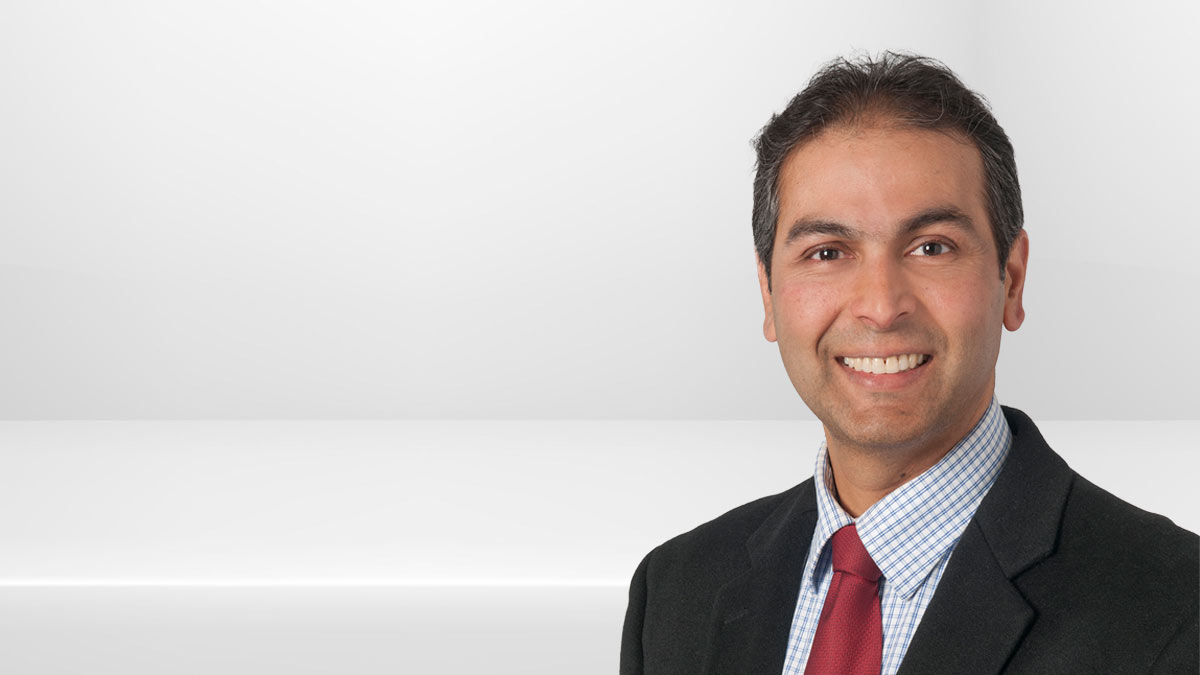Connective Tissue Disorders and the Aorta

Connective tissue provides support to many structures within the body, such as the heart valves and blood vessels (the aorta). Dr. Vidyasagar Kalahasti, Director of the Cardiovascular Marfan Syndrome and Connective Tissue Clinic, discusses connective tissue disorders and your aorta.
Learn more about the Cardiovascular Marfan and Connective Tissue Clinic at Cleveland Clinic
Subscribe: Apple Podcasts | Podcast Addict | Buzzsprout | Spotify
Connective Tissue Disorders and the Aorta
Podcast Transcript
Announcer:
Welcome to Love Your Heart, brought to you by Cleveland Clinic's Sydell and Arnold Miller Family Heart, Vascular, and Thoracic Institute. These podcasts will help you learn more about your heart, thoracic, and vascular systems, ways to stay healthy, and information about diseases and treatment options. Enjoy.
Dr. Vidyasagar Kalahasti:
If you think about how much of an evolution has happened from the first diagnosis of connective tissue disease, meaning that Marfan that used to be the common term that is used. And if I look around here, patients who have an aortic dissection or an aneurysm, none of them look like Marfan, right? They're not tall, lanky, Abe Lincoln-type patients that we typically associate with as being Marfan syndrome. So that used to be the poster child for somebody having a connective tissue disease. But over the last four decades of understanding that, and one of the variants of that particular syndrome is we have now know about Loeys-Dietz syndrome, we know about Ehlers-Danlos syndrome. We also know about this heritable thoracic aortic disease, which is a group of conditions, which going back to John Ritter, he did not have any physical manifestations of what a Marfan patient would look like. And what he had is one of the familial thoracic aortic aneurysm genes, particularly with ACTA2 mutations.
Thousands of families who have participated in that research from one ACTA2 mutation, now we know about at least five or six different groups of mutations that all predisposed people in any given family for multiple dissections. Unfortunately, the majority of those families, there is at least one person who either died from their dissection without having any idea that they had an aortic aneurysm in the family. And that usually is the sentinel event that leads to diagnosis and screening of every first degree relative and extended family members. And so I think the connective tissue disease word is such a broad term and there are so many different body parts that have connective tissue, I think we are trying to move away and be a little bit more specific, using heritable thoracic aortic disease, meaning that it's a genetically mediated disease, but also keep in mind that the manifestations may not always be the same in each individual patient.
In my honest opinion, I feel every aortic disease is genetically mediated, it's just that we don't know what specific gene has occurred in that particular person. Maybe as we see multiple families and we screen more and more, we are bound to discover more genes that lead to genetically mediated disease. And I think in that sense, some of the genomic studies that we at the Clinic are thinking about, are doing already, is definitely going to shed more light on that. And it's very important. Again, going back to whoever mentioned about family history, I think you mentioned, it's very important to know family history. And at least if you can go two generations before and understand what has happened, if there's any funky disease, know that and try to understand. Not to be probing them, but at least to understand your own risks based on your family history, I think that's very, very important.
And just talking a little bit more about the connective tissue disorders itself, people who have a known diagnosis of Marfans in their family, they're already fully tuned about aortic dissection. Same thing with Loeys-Dietz syndrome. They already know the manifestations. There are multiple other patient advocacy organizations, they all do a very good job about raising awareness. And this awareness that we are talking about through the EMS going out into the communities, the emergency physicians talking more about that, I think the whole thing has been elevated to a much higher level.
Sources wise, compared to what it used to be 10 years ago for patients, it's explosive amount of information out on the internet. Again, it's a double edged sword, right? When you type in aortic aneurysm on Google, it can send you shivers down your spine, right? Because of all the bad things that can happen. And I think that's where seeing a physician and to be able to filter that information and understand what is relevant for that particular person compared to what is the information that's generally available to everybody. And so that's I think is very, very important too to keep in mind.
Announcer:
Thank you for listening. We hope you enjoyed the podcast. We welcome your comments and feedback. Please contact us at heart@ccf.org. Like what you heard? Subscribe wherever you get your podcasts or listen at clevelandclinic.org/loveyourheartpodcast.

Love Your Heart
A Cleveland Clinic podcast to help you learn more about heart and vascular disease and conditions affecting your chest. We explore prevention, diagnostic tests, medical and surgical treatments, new innovations and more.


